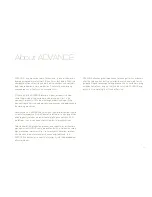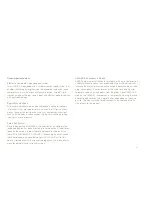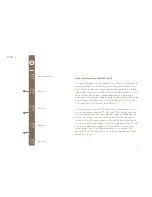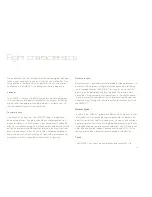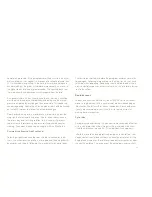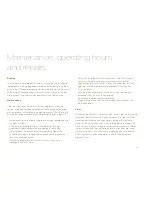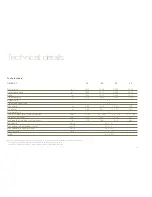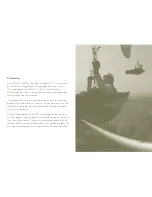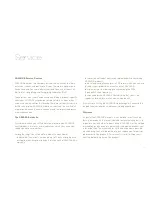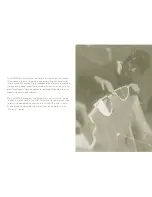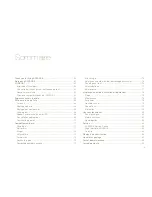
46
completely prevented. If the paraglider nevertheless suffers an asym-
metric collapse at trim speed, it will respond to collapse of more than
50% with moderate spiralling. In the case of asymmetric collapse in
accelerated fl ight, the glider will respond more abruptly as a result of
the higher forces involved at greater speed. The spiralling behaviour
is more dynamic and demands a swift response from the pilot.
As a general rule, with an asymmetric collapse, the wing’s direction
must be maintained by controlled counter-braking and the internal
pressure increased by pumping on the closed side. This speeds up
canopy reopening. Control inputs on the open side should be carried
out carefully, in order to prevent the airfl ow breaking up.
Poorly executed wing-overs may provoke a lateral rolling-up of the
wing tips that may lead to line-overs. Due to increased resistance,
line-overs may lead to strong rotation. In this case, fi rst prevent a
rapid increase in rotational speed by carefully controlled counter-
steering. Then open the hooked-up wing tip with the Stabilo line.
Symmetric collapsing (front collapse)
Following a spontaneous collapse or a collapse induced by the A-
risers, the airfl ow over the profi le is interrupted and the paraglider tilts
backwards with the pilot following this movement after a brief delay.
There will be a short delay before the paraglider achieves normal air-
speed again. Following a large collapse, the wing tips may not have
fully fi lled when reopening. Reopening should not be forced with ex-
cessive control responses, otherwise there is a risk of a total interrup-
tion to the airfl ow.
Rapid descent
To descend quickly and effi ciently, the ADVANCE test team recom-
mends a rapid descent with a spiral dive or big ears, depending on
the situation (the latter with or without speed bar). You should occa-
sionally practise rapid descents in calm air to remain current at
making these manoeuvres.
Spiral dive
For optimum comfort during this manoeuvre, we recommend that you
sit in a neutral position without weight shifting, and adjust the chest
strap to a distance of around 40 - 45 cm between the karabiners.
Initiate the spiral dive by progressively pulling on a control line. Your
head and view should be directed in the direction of rotation. As the
angle of bank increases, the rotational speed also increases, as does
the centrifugal force. The response of the paraglider can essentially
Handbuch OMEGA 7.indd 46
Handbuch OMEGA 7.indd 46
01.09.2006 12:34:42 Uhr
01.09.2006 12:34:42 Uhr
Summary of Contents for Omega 7
Page 4: ...4 Handbuch OMEGA 7 indd 4 Handbuch OMEGA 7 indd 4 01 09 2006 12 34 27 01 09 2006 12 34 27...
Page 31: ...31 Handbuch OMEGA 7 indd 31 Handbuch OMEGA 7 indd 31 01 09 2006 12 34 37 01 09 2006 12 34 37...
Page 32: ...32 Handbuch OMEGA 7 indd 32 Handbuch OMEGA 7 indd 32 01 09 2006 12 34 37 01 09 2006 12 34 37...
Page 57: ...57 Handbuch OMEGA 7 indd 57 Handbuch OMEGA 7 indd 57 01 09 2006 12 34 45 01 09 2006 12 34 45...
Page 58: ...58 Handbuch OMEGA 7 indd 58 Handbuch OMEGA 7 indd 58 01 09 2006 12 34 45 01 09 2006 12 34 45...
Page 85: ...85 Handbuch OMEGA 7 indd 85 Handbuch OMEGA 7 indd 85 01 09 2006 12 34 57 01 09 2006 12 34 57...




